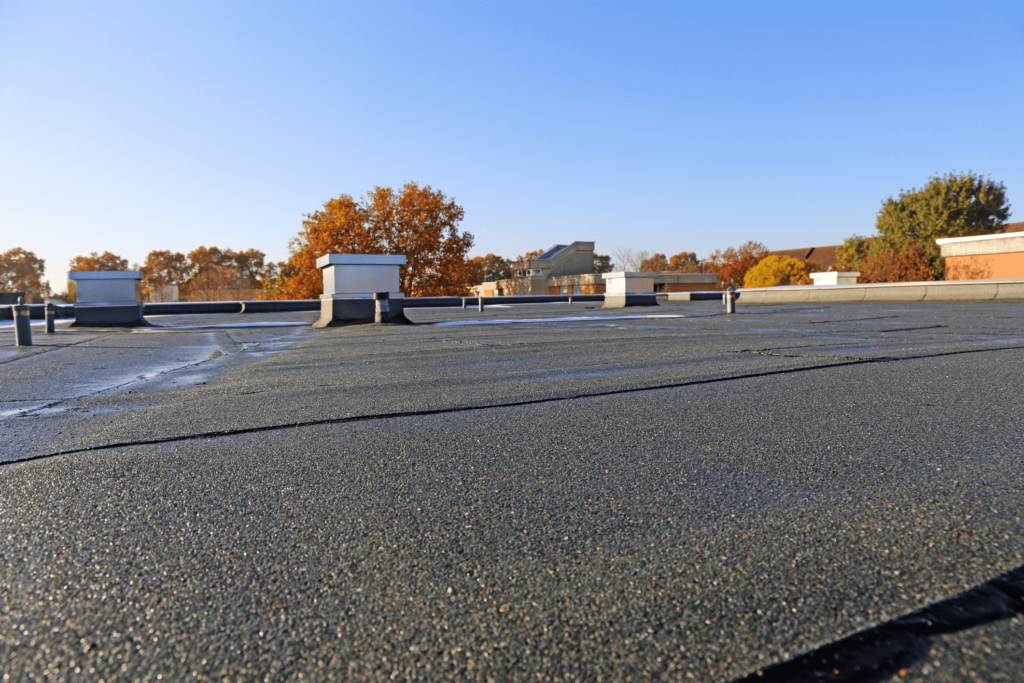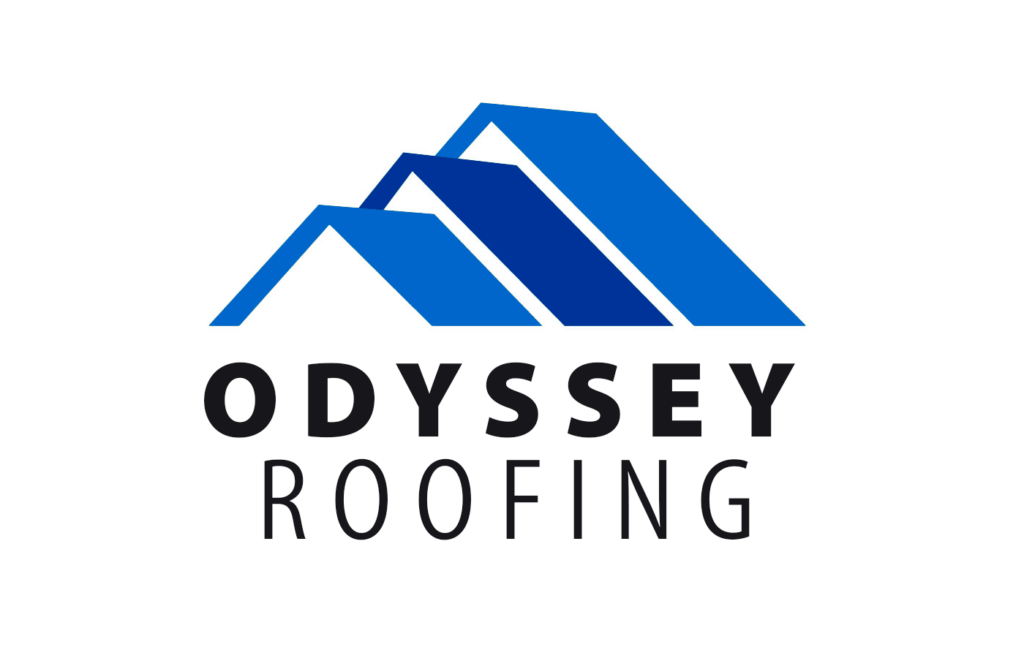Flat Roof Challenges Every Homeowner Should Know

Flat roofs are popular among homeowners due to their sleek, modern aesthetic and efficient use of space. These roofs are quickly growing in popularity in cities where space is constrained. In these areas, the utilization of rooftop space has a strong appeal. Despite their advantages, flat roofs come with their unique set of challenges. This article will highlight the common issues associated with flat roofs and help homeowners understand the maintenance required to prevent these issues.
The Appeal of Flat Roofs
Flat roofs are often chosen for their practical benefits and contemporary look. They offer a minimalist charm that aligns with modern architectural trends, while also providing functional space on top of your home for activities like gardening. Moreover, they can contribute to energy efficiency by offering an additional layer of insulation, keeping homes warmer in winter and cooler in summer.
Common Flat Roof House Issues
However, with the advantages, comes responsibility. Homeowners must be aware of potential issues. Regular maintenance and professional inspection of flat roofs is a necessity. Let’s look at some of the common issues.
Drainage Issues
Flat roofs tend to have inadequate drainage. Without the slope that pitched roofs offer, water can pool on the surface, leading to leaks and structural damage over time.
Maintenance and Durability
Flat roofs require diligent maintenance to avoid common problems such as leaks, blistering, and the effects of weathering. The lack of slope also means that they are more exposed to the elements. Over time, this can accelerate wear and tear.
Leakage and Water Damage
Due to the potential for standing water, flat roofs are particularly susceptible to leakage. This can cause significant damage to the interior of the home if not addressed promptly.
Maintenance Tips for Flat Roofs
To ensure the longevity of a flat roof, regular maintenance is recommended.
- Homeowners should plan regular inspections of their roofs. It’s crucial to inspect your flat roof regularly for any signs of damage or wear and seek professional repair services as needed.
- Homeowners should plan cleaning times to ensure good drainage. Keeping drainage systems clear and functional is essential to prevent water accumulation and the associated problems.
Exploring Other Roofing Options
While flat roofs have their advantages, it’s worth considering other roofing styles for their durability and reduced maintenance needs. Sloped roofs, for instance, offer better drainage and may require less upkeep over time. Additionally, exploring different roofing materials can provide both aesthetic variety and functional benefits.
Meet the Roofing Experts at Odyssey Home Remodeling
If you’re experiencing issues with your flat roof or considering an upgrade to your roofing system, Odyssey Home Remodeling is here to help. Serving Illinois, Wisconsin, Maryland, and Indiana, we specialize in providing top-notch roofing solutions tailored to your needs. Contact us today to ensure your roof remains in perfect condition, safeguarding your home against the elements.
Frequently Asked Questions
Flat roofs often face a variety of issues, primarily due to their minimal slope. The most common problems include ponding water, which can lead to leaks and structural damage over time. Additionally, flat roofs are prone to blistering and alligatoring, where the roof surface shows signs of cracks and bubbles due to temperature fluctuations and moisture. Regular inspection and maintenance are essential to identify and address these issues promptly.
Preventing leaks in a flat roof starts with ensuring proper installation and regular maintenance. This includes having a professional roofer inspect your roof regularly for any signs of damage or wear, such as tears in the roofing membrane or issues with the flashing. Additionally, ensuring that your drainage system is clear and functional can help prevent water from pooling and causing damage that leads to leaks.
Roof replacement may not always be necessary for common flat roof problems. Many issues, such as minor leaks, blistering, or ponding water, can be fixed with timely and effective repairs. However, if the damage is extensive or the roof is near the end of its expected lifespan, a full roof replacement might be the most cost-effective solution. Consulting with a professional roofing contractor can help you determine the best course of action.
Flat roofs tend to have a shorter lifespan than pitched roofs due to their vulnerability to water accumulation, UV radiation, and wear and tear. They require more frequent maintenance to prevent leaks, drainage problems, and surface damage. Additionally, flat roofs may not offer the same aesthetic diversity or architectural appeal as sloped or pitched roofs, which can be designed with a variety of materials and styles.
To avoid common flat roof problems, it’s recommended to have your roof inspected at least twice a year, typically in the spring and fall. This helps ensure that any potential issues, such as leaks, ponding water, or damage to the roofing material, are identified and addressed before they can cause significant damage. Additionally, it’s wise to have your roof inspected after any severe weather events that could have caused immediate damage.


